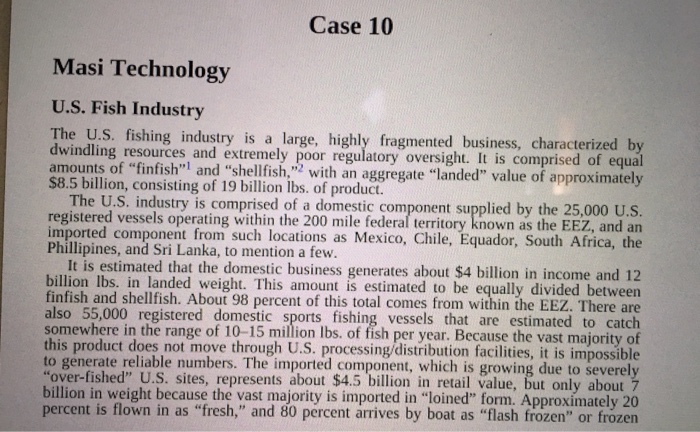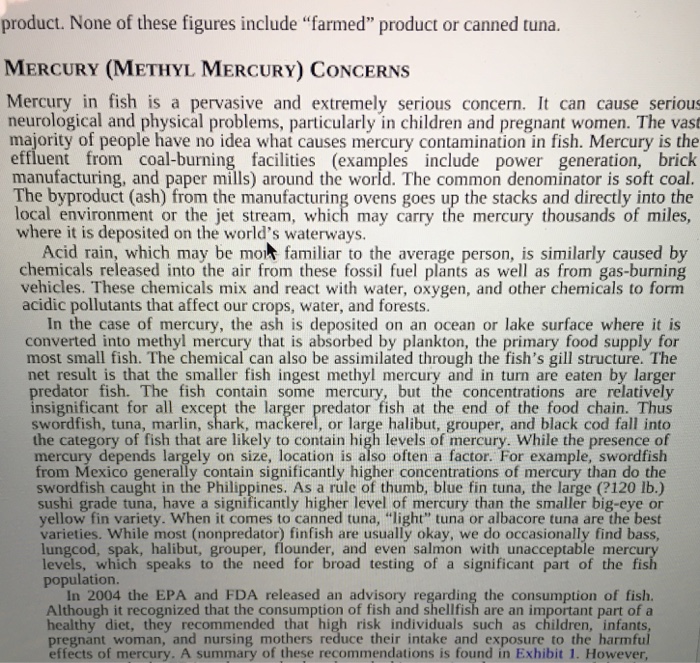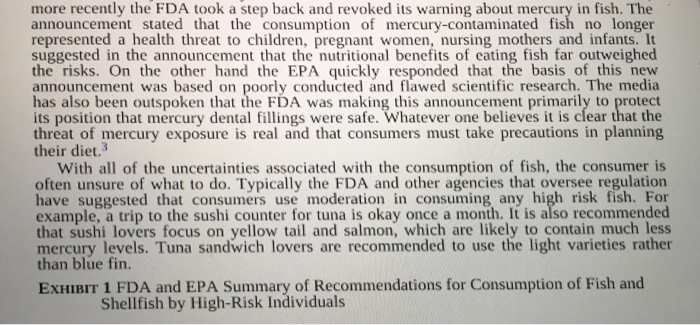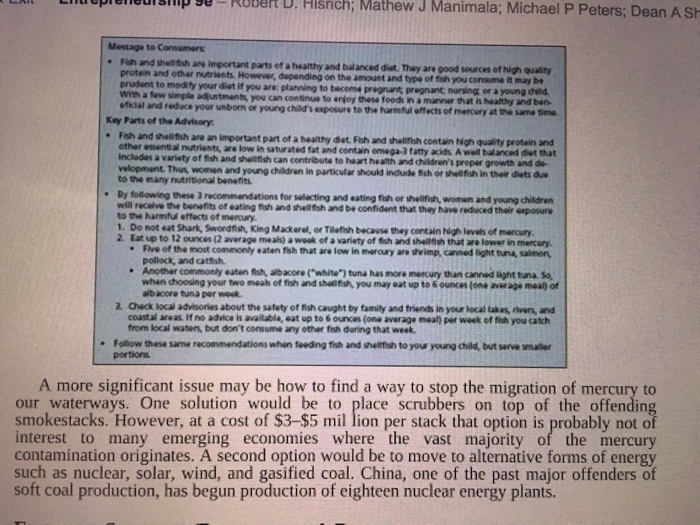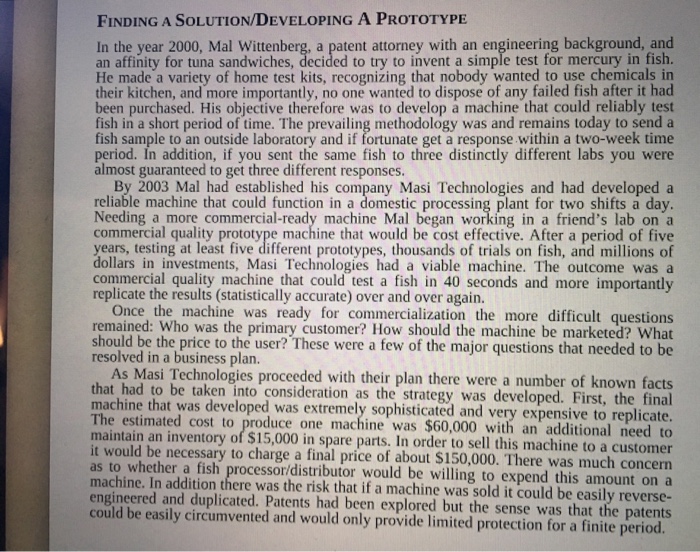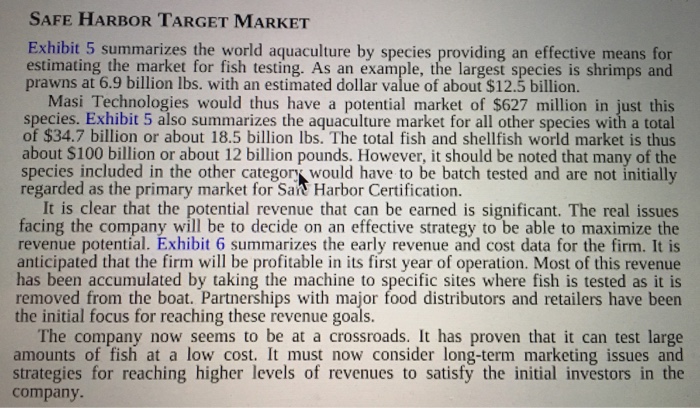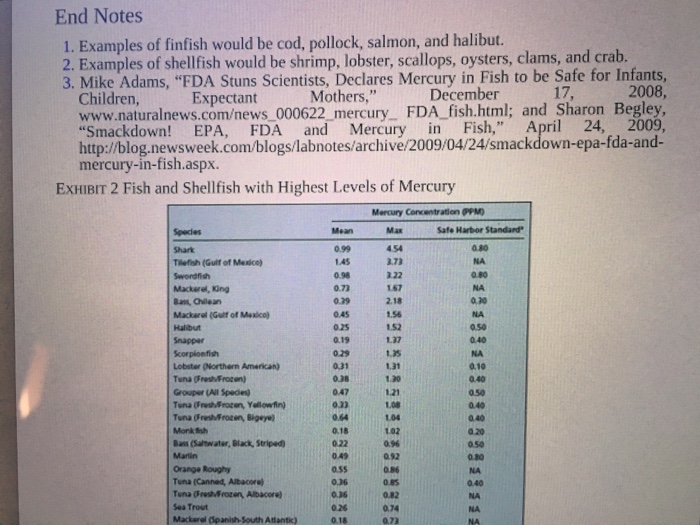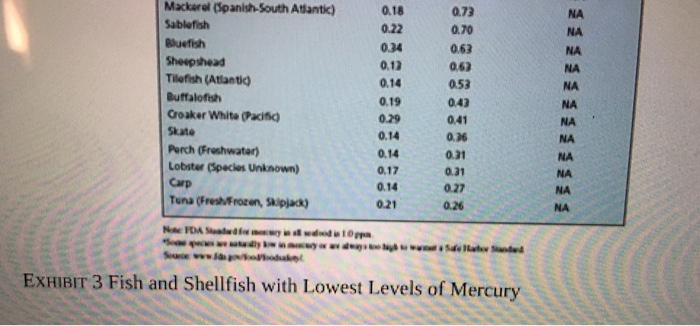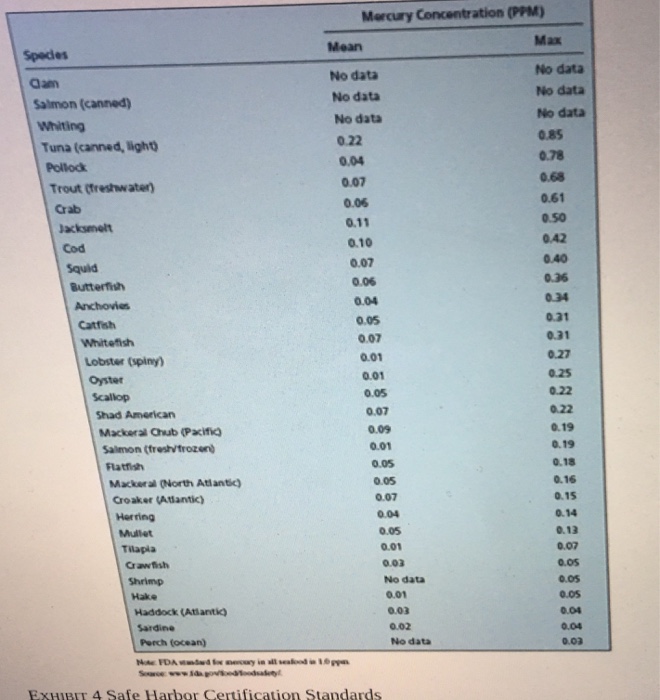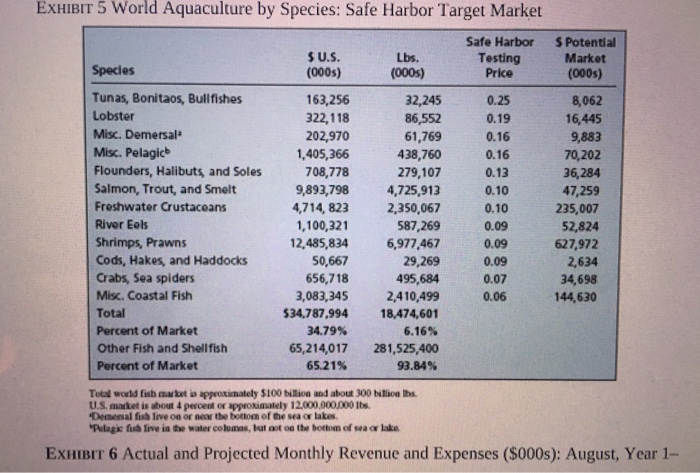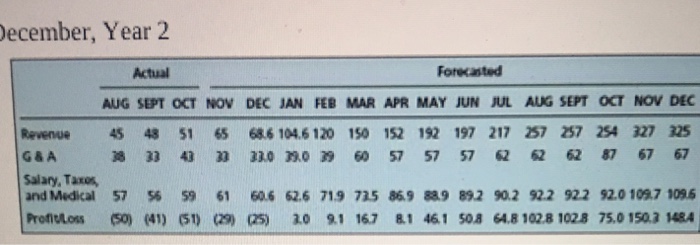Case 10 Masi Technology U.S. Fish Industry The U.S. fis dwindling resources and extremely poor regulatory oversight. It is comprised of equal amounts of "finfish"l and "shellfish," with an aggregate "landed" value of approximately hing industry is a large, highly fragmented business, characterized by $8.5 billion, consisting of 19 billion lbs. of product. The U.S. industry is comprised of a domestic component supplied by the 25,000 U.S. registered vessels operating within the 200 mile federal territory known as the EEZ, and an imported component from such locations as Mexico, Chile, Equador, South Africa, the Phillipines, and Sri Lanka, to mention a few. It is estimated that the domestic business generates about $4 billion in income and 12 billion lbs. in landed weight. This amount is estimated to be equally divided between out 98 percent of this total comes from within the EEZ. There are also 55,000 registered domestic sports fishing vessels that are estimated somewhere in the range of 10-15 million lbs. of fish per year. Because the v this product does not move through U.S. processing/distribution facilities, it is impossible to generate reliable numbers. The imported component, which is growing due to severel "over-fished" U.S. sites, represents about $4.5 billion in retail value, but only about billion in weight because the vast majority is imported in "loined" form. Approximately 20 percent is flown in as "fresh," and 80 percent arrives by boat as "flash frozen" or frozen ast majority of Case 10 Masi Technology U.S. Fish Industry The U.S. fis dwindling resources and extremely poor regulatory oversight. It is comprised of equal amounts of "finfish"l and "shellfish," with an aggregate "landed" value of approximately hing industry is a large, highly fragmented business, characterized by $8.5 billion, consisting of 19 billion lbs. of product. The U.S. industry is comprised of a domestic component supplied by the 25,000 U.S. registered vessels operating within the 200 mile federal territory known as the EEZ, and an imported component from such locations as Mexico, Chile, Equador, South Africa, the Phillipines, and Sri Lanka, to mention a few. It is estimated that the domestic business generates about $4 billion in income and 12 billion lbs. in landed weight. This amount is estimated to be equally divided between out 98 percent of this total comes from within the EEZ. There are also 55,000 registered domestic sports fishing vessels that are estimated somewhere in the range of 10-15 million lbs. of fish per year. Because the v this product does not move through U.S. processing/distribution facilities, it is impossible to generate reliable numbers. The imported component, which is growing due to severel "over-fished" U.S. sites, represents about $4.5 billion in retail value, but only about billion in weight because the vast majority is imported in "loined" form. Approximately 20 percent is flown in as "fresh," and 80 percent arrives by boat as "flash frozen" or frozen ast majority of
